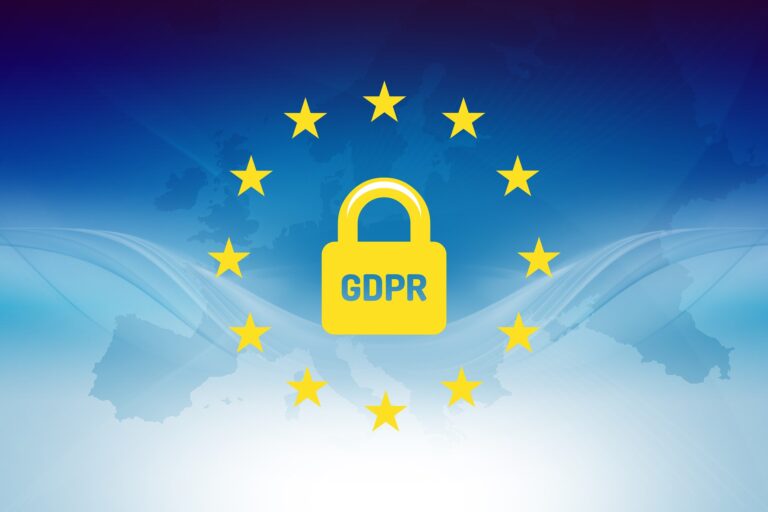In the world of media buying, staying ahead of the curve is everything. With the landscape constantly…
Latest Articles
Since its implementation in 2018, the General Data Protection Regulation (GDPR) has been a significant force in…
In today’s digital world, consumer privacy has taken center stage, and media buyers must adapt to this…
In today’s digital advertising world, machine learning (ML) is changing the game for media buying. As consumer…
With the arrival of 5G technology, industries everywhere are evolving, and digital advertising is no different. For…
Sustainability has moved from being a buzzword to a key focus in many industries, including media buying….
As digital marketing continues to evolve, so do the strategies for reaching and engaging target audiences. Audience…
In the fast-paced world of digital advertising, Real-Time Bidding (RTB) has revolutionized the way ads are bought…
The world of quantum computing is still in its early stages, but its potential to revolutionize industries…









